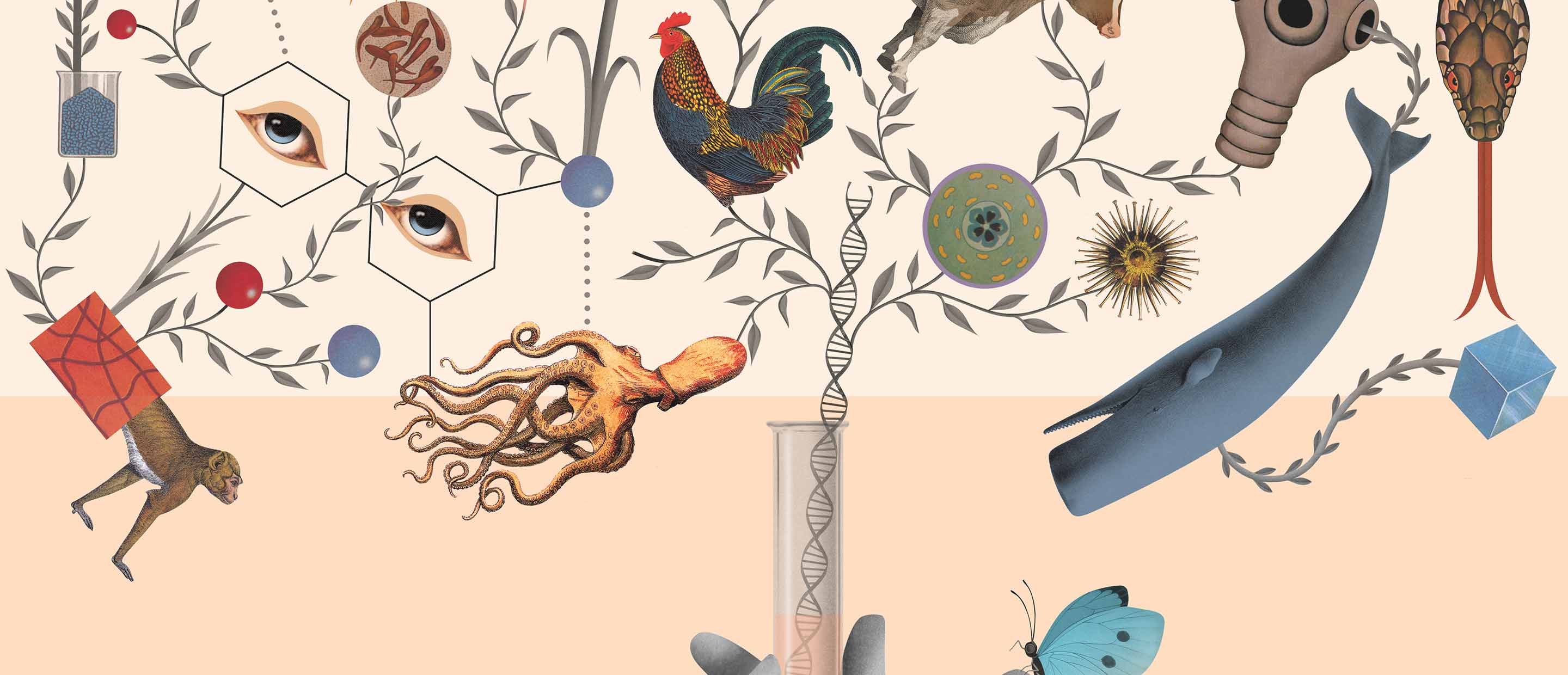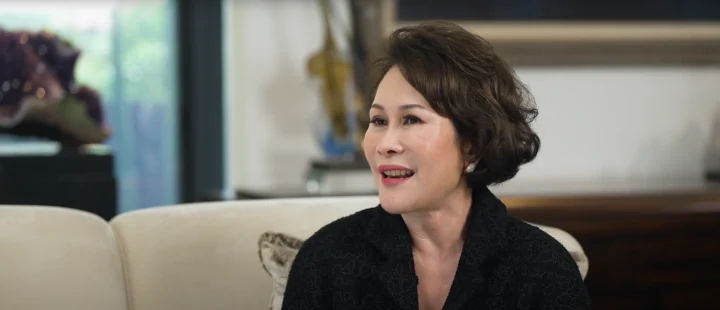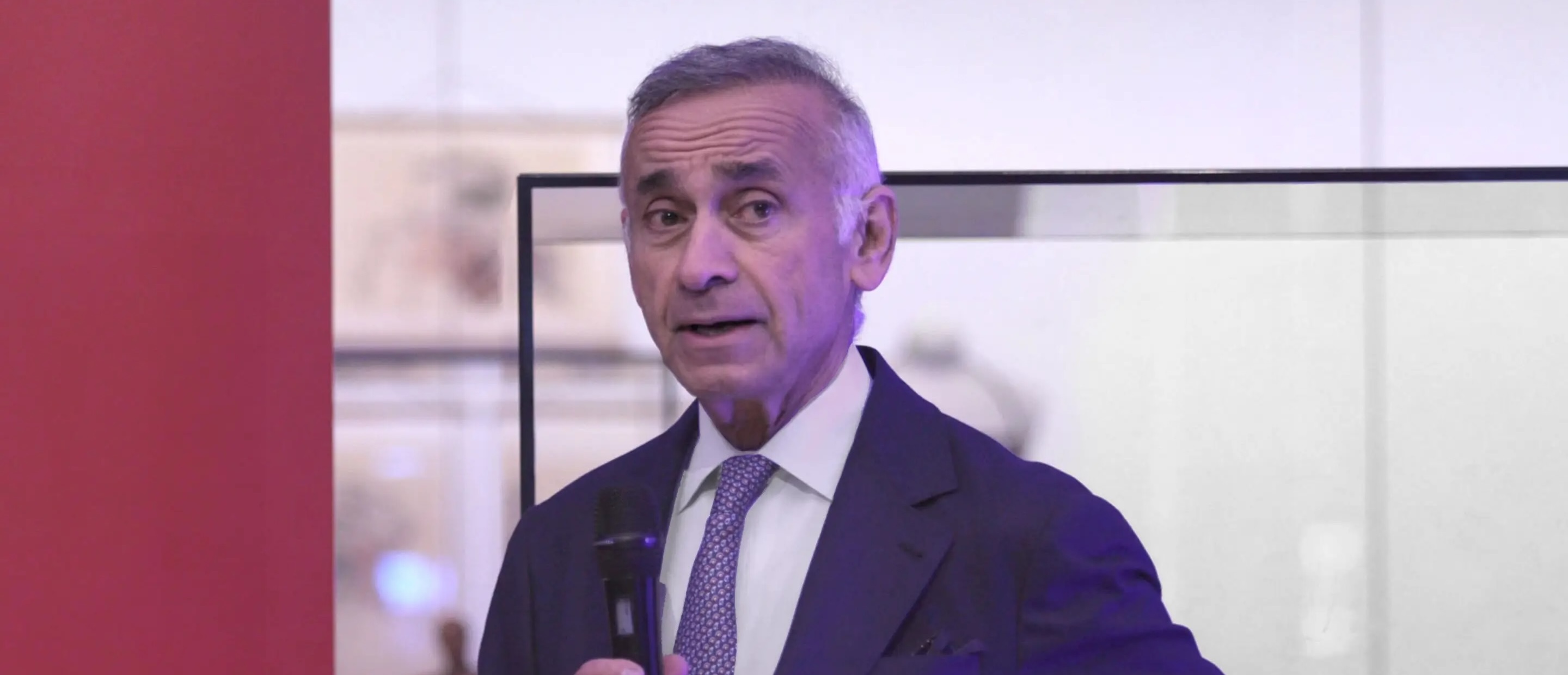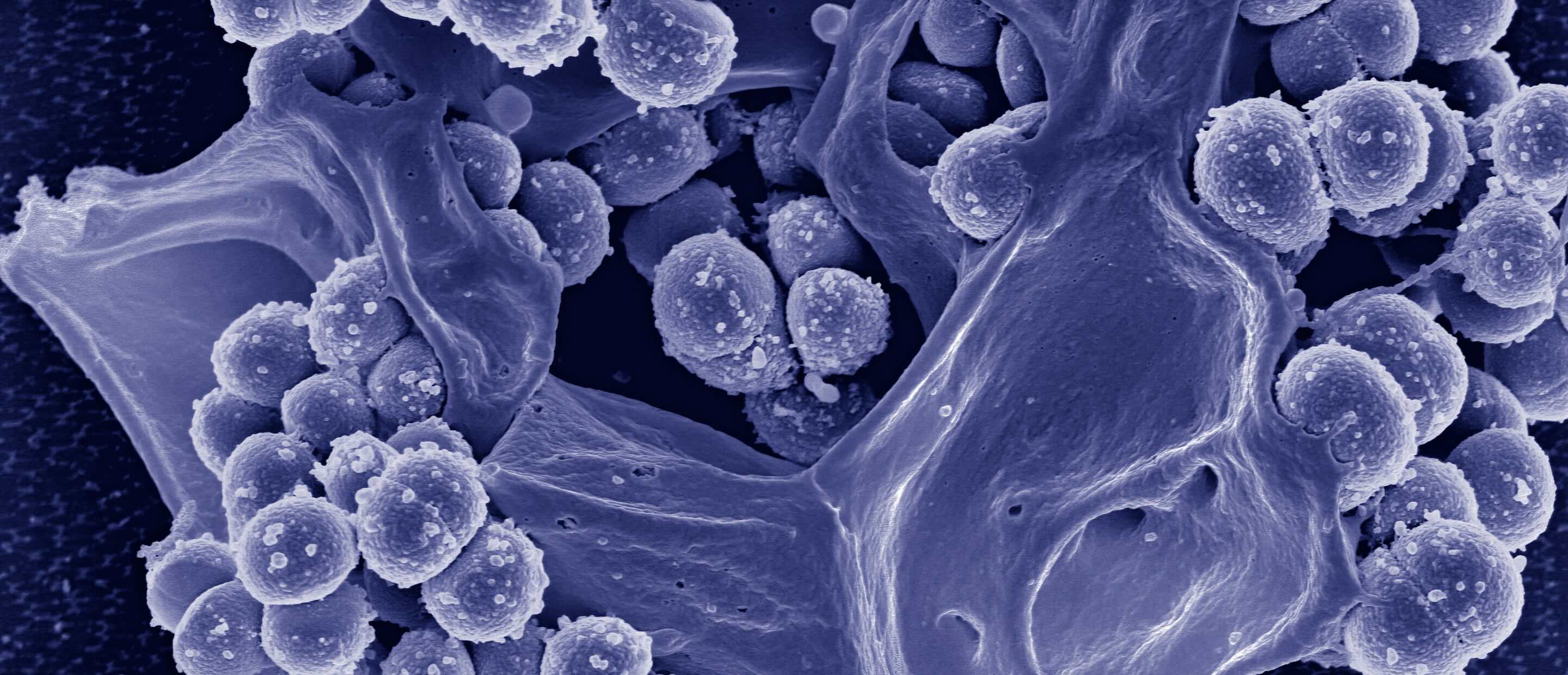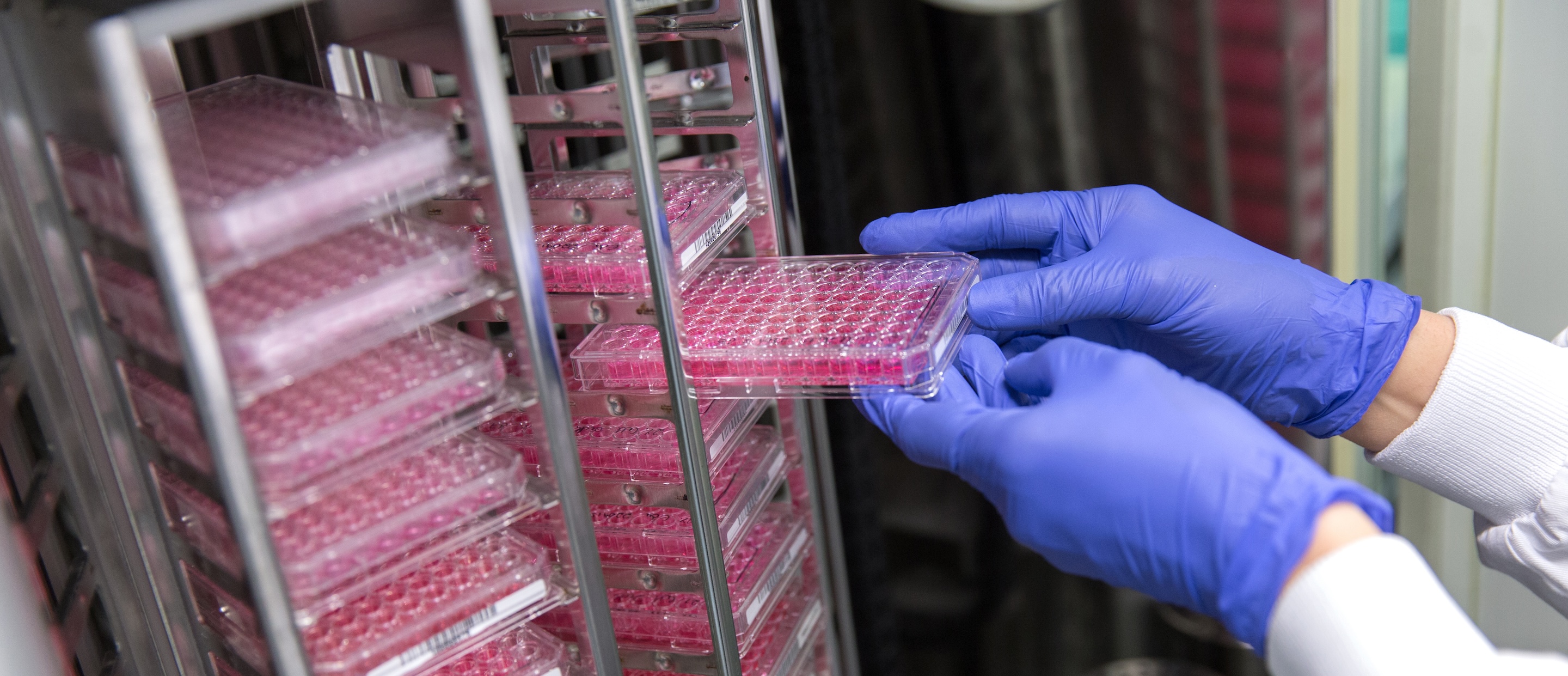Synthetic biology companies are re-engineering natural organisms to create sustainable products that are already having an impact on the planet.
Every fortnight, 4,000 airports around the world contaminate their own groundwater. It is unavoidable. The firefighting teams have to test their equipment regularly, and that means spraying the foams that can put out aircraft fires. The problem is, these foams, which get washed into the wastewater system, contain some of the most carcinogenic chemicals known to humanity. Until now, there has been no way to filter out the chemicals, but, it transpires, biology always been able to do it. A UK company called CustoMem has reengineered biological materials into granules that will bind to the pollutants in the water. Once the granules have filtered the water, CustoMem treats them in a simple chemical process to release the harmful chemicals into a safe repository.
Such re-engineering of biological organisms and materials, whether by tinkering or creating anew from scratch, is known as synthetic biology. “The philosophy is that the biological system can be understood as a machine, with different parts that are interlinked,” says Professor Petra Schwille, Director of the Department of Cellular and Molecular Biophysics at the Max Planck Institute of Biochemistry in Martinsried, Germany. “It’s an engineering approach to biological systems: you can edit or change the whole process.”
How synthetic biology is being applied commercially
Synthetic biology first emerged around 15 years ago, and its innovations are now changing the practice in almost every sector of industry, from agriculture to drug development to environmental cleanup. And it is paying its way: analysts expect the global synthetic biology market to reach almost $40 billion (€35 billion) by 2020. The rise of synthetic biology is down to a number of factors. One is the low cost and rising speed of genome sequencing. We are able to find the chemical instructions behind an organism’s basic functions cheaply and rapidly these days. We are also able to edit those instructions using tools that are themselves the product of natural evolution. CRISPR/Cas9, for instance, is a genetic module that evolved in bacteria as a means of fighting off viral attacks. Now we can use it to ‘cut and paste’ DNA sequences and alter the genetic make-up of almost anything, from wheat to human babies.
It is an astonishing prospect. Alter the DNA of certain microbes, yeast, or even goats, and each one can produce high-strength spider silk. The applications of this range from the replacement of damaged ligaments to creating fashion products. Since 2010, Californian synthetic biology firm Amyris has been bioengineering yeast to produce squalane, a key ingredient of some face creams. This used to be made from an oil harvested from sharks’ livers, leading to the slaughter of 2.7 million sharks per year. Amyris’s substitute is found in the cosmetics of brands including Elizabeth Arden, Clarins and L’Occitane.
Firms such as Brooklyn startup Modern Meadow are using synthetic biology methods to create artificial leather. Modern Meadow designs the DNA that instructs biological machinery to make proteins, before using fermentation to grow the organisms that produce collagen proteins. Finally, the proteins are manipulated and assembled into what will eventually become a product made from biologically advanced materials, such as the firm’s lab-grown ‘victimless leather jacket’.
The latest developments in synthetic and quantum biology
What else is possible? We may soon have the answer to that. Zymergen in Emeryville, California, is using machine learning to explore all the design options that are open to natural biology. It expects its artificial intelligence algorithms to discover viable chemicals and organisms that have never existed before. Such abundant novelty in raw materials is bound to open up new applications, according to Joshua Hoffman, Zymergen’s co-founder and CEO.
Some commentators have raised concerns that tinkering with nature is risky. But, Schwille says, the risks are small: “Of course, you have to watch what you’re doing, but that’s also true if you’re working in a traditional biology lab.” Evolution, she points out, has already optimized organisms – so engineered organisms will not take over our natural environment. “It’s impossible for these systems to compete with existing life… If you look at the organisms we have so far created, they actually suck in terms of competing with nature.”
Schwille describes her own group’s research interests as more fundamental: her team wants to understand what turns collections of chemicals into living systems. Much of the research in synthetic biology is similarly academic rather than application-focused. And universities across the world are still exploring the basics of biology’s engineering principles. One of the most exciting examples is where biology meets quantum physics. The counterintuitive quantum laws that govern the behavior of atoms allow quantum particles to be in two places, or states, at once – a phenomenon known as superposition.
Research in quantum biology suggests that evolution may have exploited this phenomenon. Conversion of sunlight into stored energy happens at efficiencies near 100 per cent in some natural processes, such as photosynthesis in plants and algae – and it seems to involve superposition. The photons of energy simultaneously explore all possible paths through the photosynthetic apparatus, then take the shortest path. It sounds like magic, but this discovery could potentially be exploited to make high-efficiency solar panels that feed into the world’s energy grid. “The extraordinary efficiency of some steps in photosynthesis far exceed anything we can do in artificial systems,” says quantum biologist Johnjoe McFadden, Professor of Molecular Genetics at the UK’s University of Surrey.
A ripening sector: how investment in synthetic biology companies has grown in recent years
If trends continue, insights arising from these more fundamental investigations will be spun out into the commercial sphere. In 2018, investors put $3.8 billion (€3.3 billion) into 98 synthetic biology companies; in 2015, total investment was closer to $1 billion (€881 billion). Much of this growth is due to governments recognizing the field’s potential and helping researchers to commercialize their work. One example is SynbiCITE, an accelerator for commercializing synthetic biology research in UK universities. “Our role is to build an industry that has a billion-pound turnover,” says Dr John Collins, Commercial Director.
Money is certainly starting to flow into the UK. Last year, global healthcare firm Novo Nordisk acquired Bristol University spinout Ziylo in a deal worth around $800 million (€705 million). Ziylo has engineered a version of natural glucose receptors that Novo Nordisk hopes will revolutionize care for diabetics. Such successes are part of the reason that Germany’s Max Planck Society is collaborating with Bristol University. The Max Planck Centre for Minimal Biology, opening this year in Bristol, will pursue the understanding of cell function and how cells can be re-engineered, or new ones developed from scratch. Although it is fundamental research, it is likely to lead to applications in biotechnology and medicine within a short time frame. “This is a maturing field with some spectacular successes under its belt,” Collins says. “We’re no longer talking about potential; we’re now talking about impact.”
Michael Brooks is a science writer and consultant at New Scientist.
